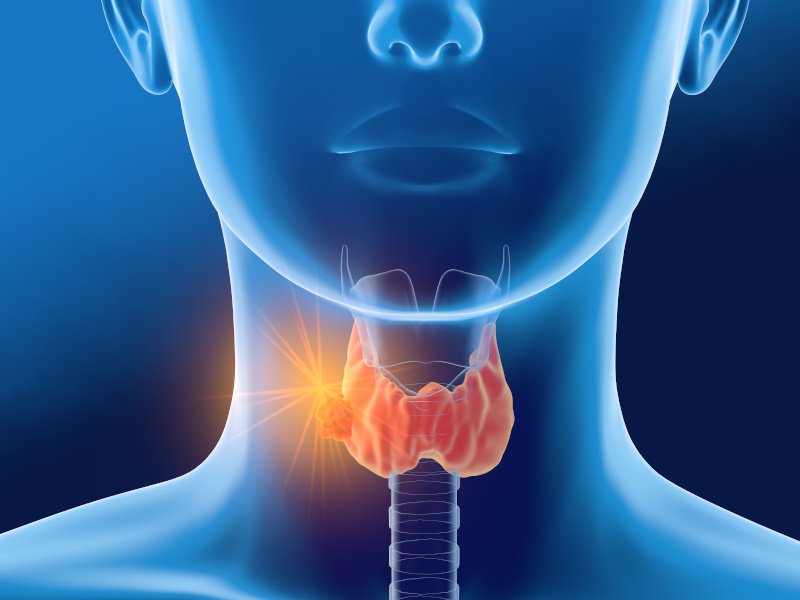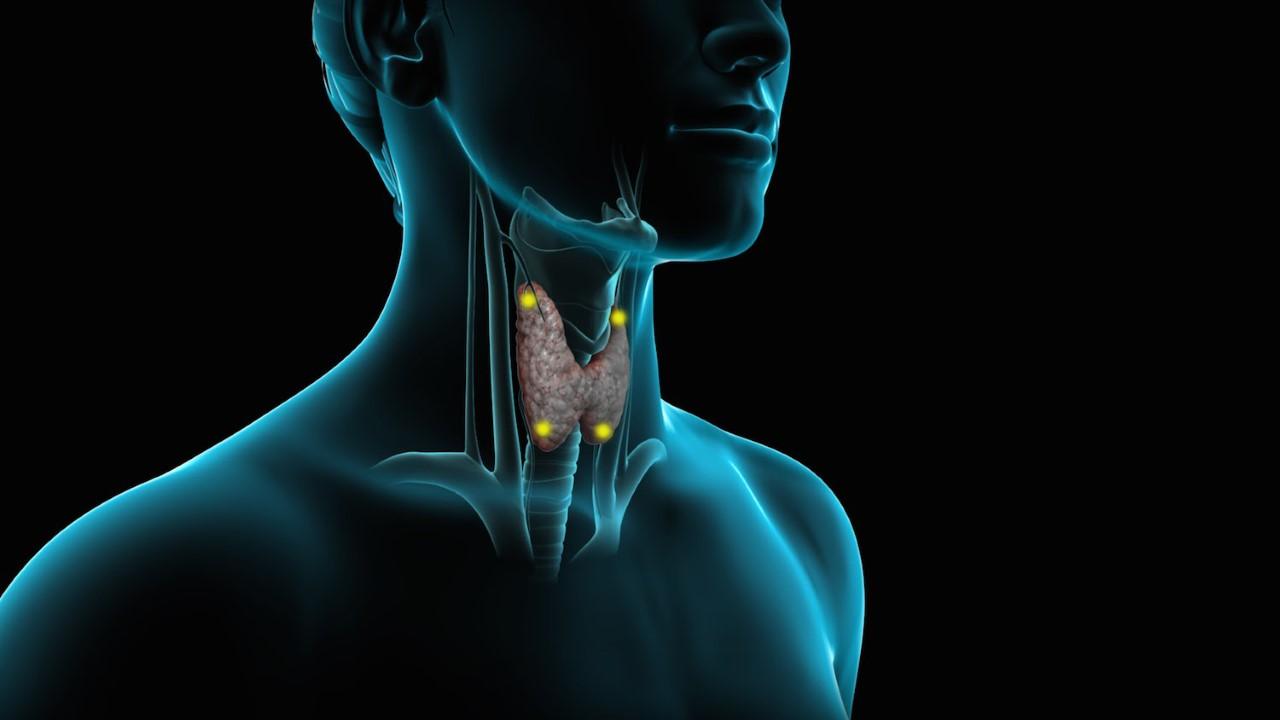The parathyroid glands are four small glands located behind and in contact with the thyroid gland. Their main function is to regulate the homeostasis of calcium in the human body through the secretion of parathormone.
An increase in the amount of parathormone can be caused by hyperplasia, adenoma or cancer of the parathyroid glands, resulting in an increase in calcium in the blood.
Increased calcium presents symptoms from the neuromuscular system with muscle weakness, gastrointestinal symptoms with anorexia, nausea, vomiting and less commonly pancreatitis. In addition, symptoms such as bone pain from pathological fractures, renal colic, nephrolithiasis or even neurotic and psychotic manifestations may occur.
High-definition ultrasonogram, cervical computerized axial tomography (CAT) or magnetic resonance imaging (MRI) and sestamibi scintiscan are performed to diagnose and locate the lesion.
The treatment is primarily surgical, with a very small incision of two to three centimeters in the cervix, where the diseased gland or glands are removed. The intra-operative measurement of parathormone levels (PTH assay) and their reduction after the removal of the diseased parathyroid is indicative of the success of our operation.
In cases where all the parathyroid glands are removed, we perform the autografting of parathyroid tissue segments in the forearm muscles or in the sternocleidomastoid, in order to regulate the homeostasis of calcium in the body postoperatively.
Patients are discharged the next day, with very good aesthetic result, small incision restored with plastic suture.
 English
English  Ελληνικά
Ελληνικά 

